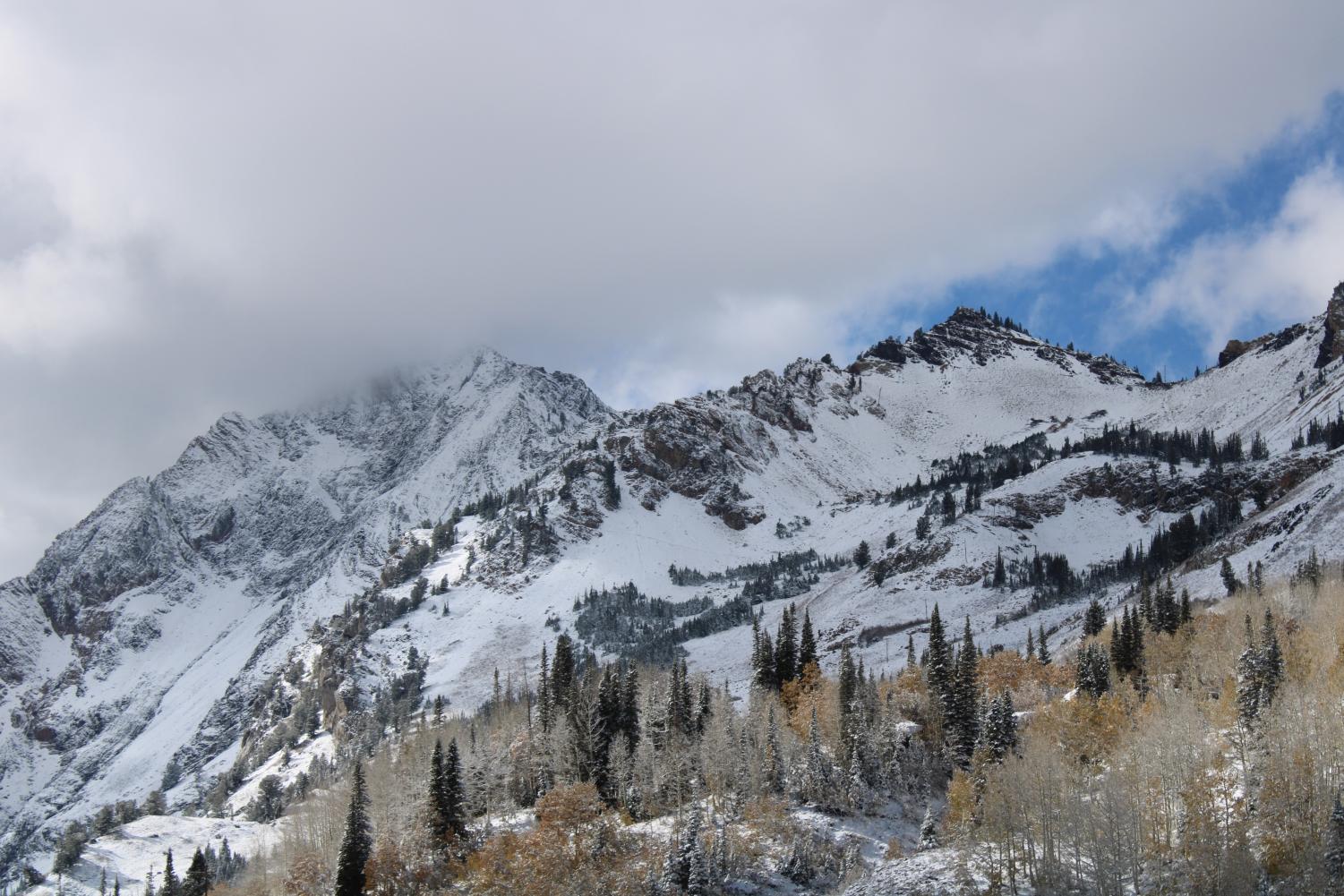


January 7, 2021
An avalanche is the worst nightmare of anyone in the backcountry during the winter. The whumpf, the low rumble, the shaking ground and the sudden wall of snow would turn a fun winter romp into a terrifying catastrophe. Avalanches are deadly forces and cause significant injuries, or worse — deaths. According to the Colorado Avalanche Information Center, avalanches cause an average of 27 deaths and significantly more injuries in the U.S. per year.
Because of the remote nature of backcountry activities, when most of these tragic incidents occur, the only people who can expeditiously help are other nearby recreators. Proper preparation and training for adventures into avalanche terrain are essential. To start off, Utah Avalanche Center’s website is a great place to find information and avalanche safety classes. An additional safety measure you can take to prepare for an avalanche is knowing the effects that one can have on its victims so that you can better aid in treating avalanche victims yourself.
There are many factors that affect how an avalanche occurs in the first place including the type, packing and layering of snow; terrain; vegetation; trigger; temperature; and wind. Such variables form a complex science that determines how the snow in an avalanche moves, how big the slide is and where the avalanche will end up. The injuries that result from avalanches are more straightforward and usually dividable into three main causes: deprivation of oxygen, traumatic injury and hypothermia.
Deprivation of oxygen, or hypoxia, is the primary cause of death from avalanches. According to the ScienceDirect report, “Cause of Death in Utah Avalanche Fatalities,” asphyxiation alone causes 72% of avalanche deaths in Utah, while a combination of asphyxiation and trauma causes another 9%. The mechanism of asphyxiation in an avalanche burial can be multi-fold. In the chaos of a slide, victims can inhale snow and block their airway or be left without a pocket of air to breathe in the more tightly packed post-avalanche snow. Avalanche victims can also block off what little access to air they may have in the packed snow by exhaling humid breath, which can subsequently freeze and seal off oxygen permeating into the air pocket. Devices like the AvaLung, which redirect expired air around the body, can sometimes aid in preventing this process from happening. Ultimately, access to oxygen is critical for avalanche victims.
Traumatic injuries are the next significant cause of death in avalanche victims. The ScienceDirect report states that trauma causes the remaining 19% of avalanche-related deaths in Utah. When an avalanche is moving, it can flow like water, carrying victims down mountain terrain and into trees, rocks and ice-filled snow. These collisions can crush, puncture and maim the body, causing everything from scratches to amputations. Head and neck injuries are particularly common in avalanche victims, as these areas are particularly vulnerable to the high forces of an avalanche, according to “Auerbach’s Wilderness Medicine,” a guide written by Paul Auerbach. Because of the central roles the head and neck play in coordinating body functions such as breathing, proper stabilization of the head and neck after an injury increases the chances of survival in trauma patients. Locating and stopping bleeding in order to maintain enough circulating blood is also essential. Responders must also continually assess the patient’s injury points.
Hypothermia is a third contributor to injury and mortality in avalanche victims. While cold-related injuries are a serious threat to an avalanche victim, they develop slowly and are usually not the primary cause of avalanche-related deaths. However, hypothermia can progressively worsen if untreated and will add to a patient’s risk of mortality if not treated properly.
Knowing the main causes of injuries in an avalanche can help you triage victims. First, focus on a victim’s access to air. How quickly can they be located and unburied so they can breathe? Is their airway clear and are they breathing on their own? Do they need help to breathe better? Second, assess for head injury and other traumatic insults. Are they alert, coherent and remembering things? Is there an obvious head or limb deformity or pain along the neck or spine? Is there a source of bleeding somewhere? Third, make sure the patient is warm. Is the person properly protected from exposure? How can you aid in their re-warming? Addressing each of these questions in order can help you most effectively treat an avalanche victim and hopefully turn a near-tragedy into a story about survival.

